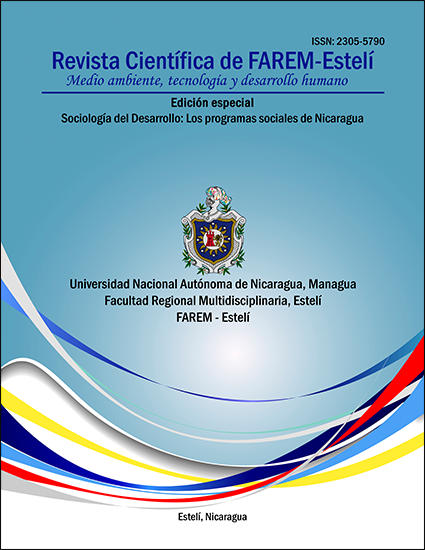Model of person, family and community in health (MINSA) in the framework of the National Human Development Plan (PNDH) of Nicaragua
Abstract
The thought of the development with equality has been dynamic, following the huge changes of the economic and social reality. Sustainable development has come as the beginning to the world development in a balanced way with the environment. The human development their full potential according to their needs and interests that people demand. The society’s participation is a process and different sociable practices, involving the spaces of active processes in the politics actions where it is meant as a culture for strengthening of the current politics systems. The new model (PNDH) has a goal the structural changes and decreasing of Nicaragua’s poverty, putting in practice strategies where all communities which work with programs and projects about economic development be involved. The family and community health model is based on primary assisting strategies in health, understood as the sanitary attention based on the best acquisition of families and people in order to get a better health in the community. Satisfying the needs and the actions of the Human rights and forming part of the construction of it quality of life in the vital cycle.
Keywords: Development, society participation, Nicaragua, health, families.



